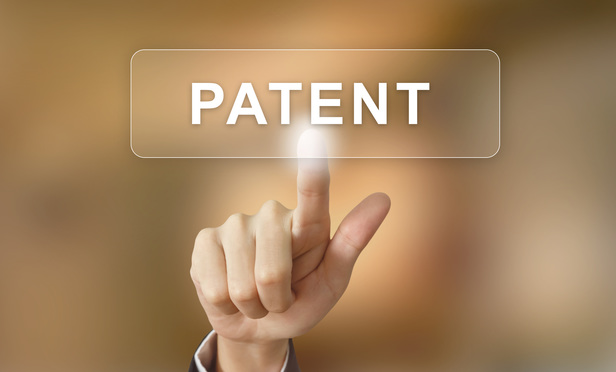Printed publications often serve as grounds for unpatentability. See pre-AIA 35 USC §102(a) and §102(b); see also AIA 35 USC §102(a)(1). This is especially true given the popularity of inter partes review (IPR) proceedings at the US Patent and Trademark Office (USPTO), in which the Patent Trial and Appeal Board (PTAB) will only consider patents or printed publications as prior art evidence. 35 USC §311(b). During such proceedings, the petitioner carries the burden to make a threshold showing that a reference qualifies as a “printed publication.” See, e.g., ServiceNow v. Hewlett-Packard Co., IPR2015-00707, Paper No. 12 at 8, Institution Decision, (PTAB Aug. 26, 2015). More specifically, there must be evidence proving the reference was sufficiently accessible to an interested person having ordinary skill in the art (POSA) before the critical date. See, e.g., In re Cronyn, 890 F.2d 1158 at 1161 (Fed. Cir. 1989). Accordingly, this article includes a review of recent PTAB and federal court decisions in order to provide strategies for petitioners looking to qualify a reference as prior art, with particular attention to web-based references.
Framework for Analysis
Two seminal cases highlight the existence of an indexing system as a key consideration in determining whether a reference qualifies as a “printed publication” under §102. First, in In re Hall, 781 F.2d 897 (Fed. Cir. 1986), the Federal Circuit analyzed whether a doctoral thesis, catalogued and shelved around December 1977 at a university library, was sufficiently publicly accessible. The court conducted a case-by-case inquiry into the facts and ultimately decided the dissertation was sufficiently publicly accessible to interested POSAs, even though a specific date of cataloguing and shelving was not established. The court reasoned that an affidavit from the director of the Loan Department describing the library’s routine cataloguing and shelving practices was enough to show an approximate time of public accessibility before the critical date in February 1978.
This content has been archived. It is available through our partners, LexisNexis® and Bloomberg Law.
To view this content, please continue to their sites.
Not a Lexis Subscriber?
Subscribe Now
Not a Bloomberg Law Subscriber?
Subscribe Now
LexisNexis® and Bloomberg Law are third party online distributors of the broad collection of current and archived versions of ALM's legal news publications. LexisNexis® and Bloomberg Law customers are able to access and use ALM's content, including content from the National Law Journal, The American Lawyer, Legaltech News, The New York Law Journal, and Corporate Counsel, as well as other sources of legal information.
For questions call 1-877-256-2472 or contact us at [email protected]



